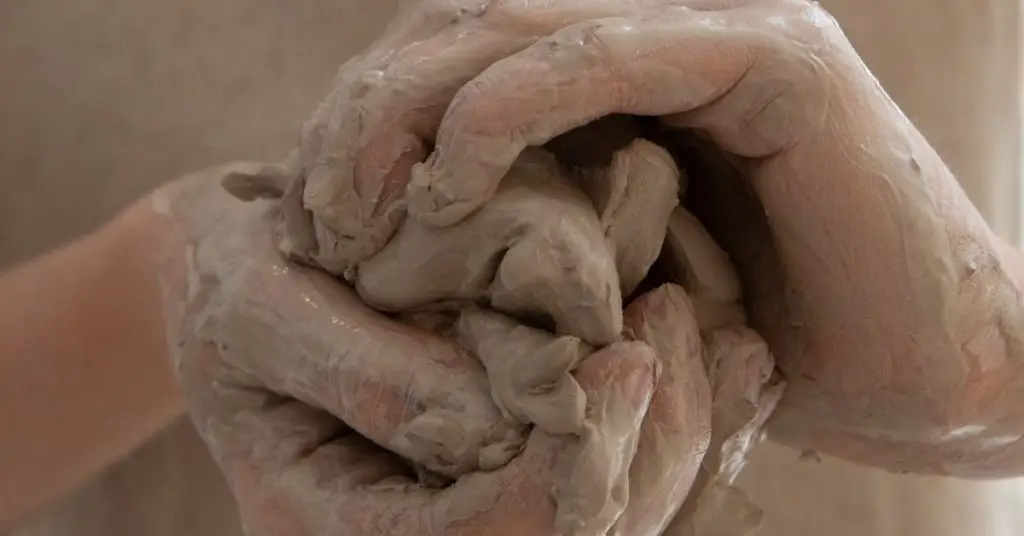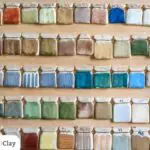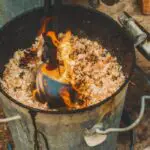Looking to make ceramics, but don’t have access to a potters wheel? Handbuilding is a wonderful technique that only takes – you guest it – your hands! In today’s article, we’ll explore the three primary handbuilding techniques employed by potters.
First, what does handbuilding mean in ceramics?
Handbuilding is a technique of ceramics where one forms clay without the help of a potters wheel. Before the potter’s wheel, ceramicists made forms using palm, fingers, and hand tools.
What are the three methods of handbuilding with clay?
The three primary handbuilding methods in pottery are (1) pinching pots, (2) coiled pots, and (3) slab pots. These three techniques use palm, fingers, and hand tools to create ceramic art.
1. Pinching pots
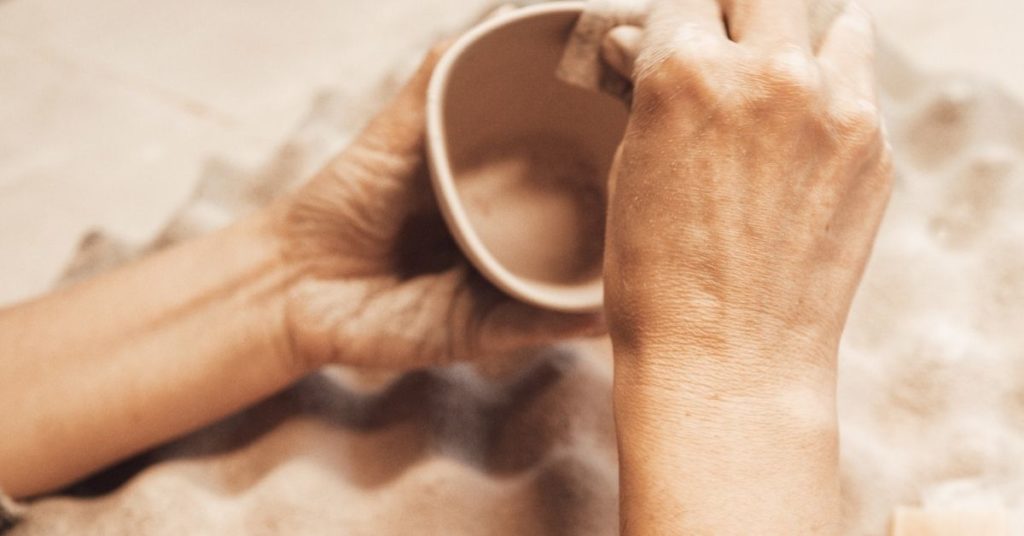
Pinching pots is a common technique for first-timers. It’s aptly named. The technique calls for a potter to shape the clay by pinching.
Starting with a ball of clay, indent the material with your thumb. Then, press and pinches around the edges shaping the pot into a uniform thickness.
2. Coiled pots
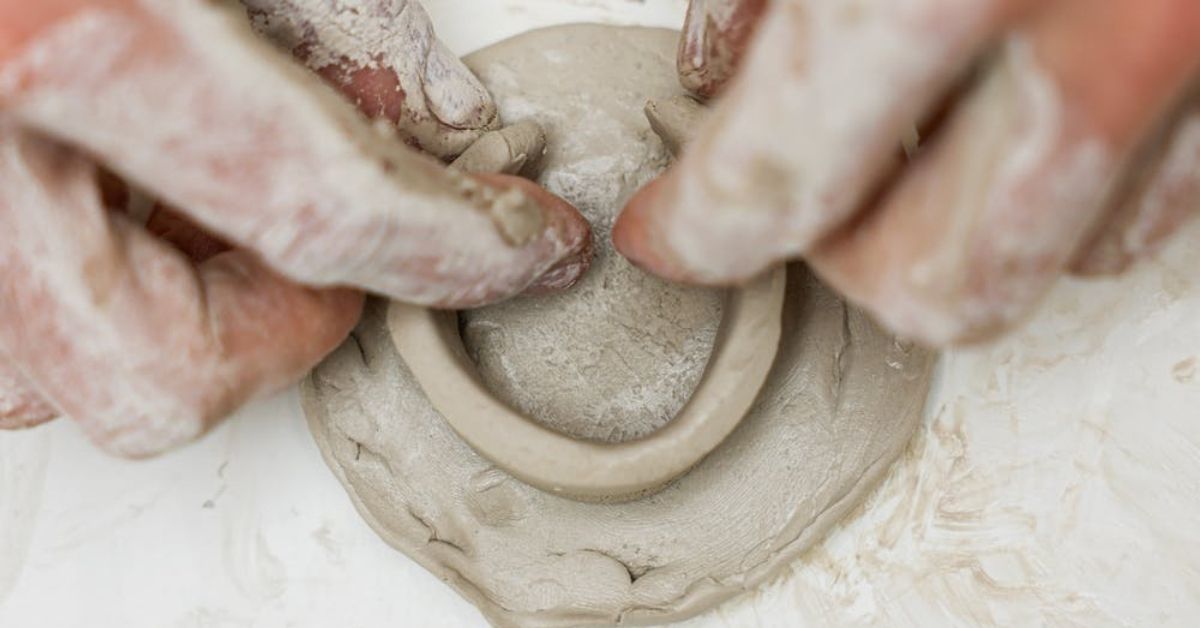
Coiled pots are stips of clayed rolled into a rounded form and stacked into the form of a pot.
Think of bricklaying to create a building structure.
The potter then has the option to keep the ribbed look or to even out the exterior for a smoother texture.
You don’t need tools for handbuilding to create coiled pots. But there are a few basic items that could help. A toolset like this linked option from Amazon covers most everything.
3. Slab pots
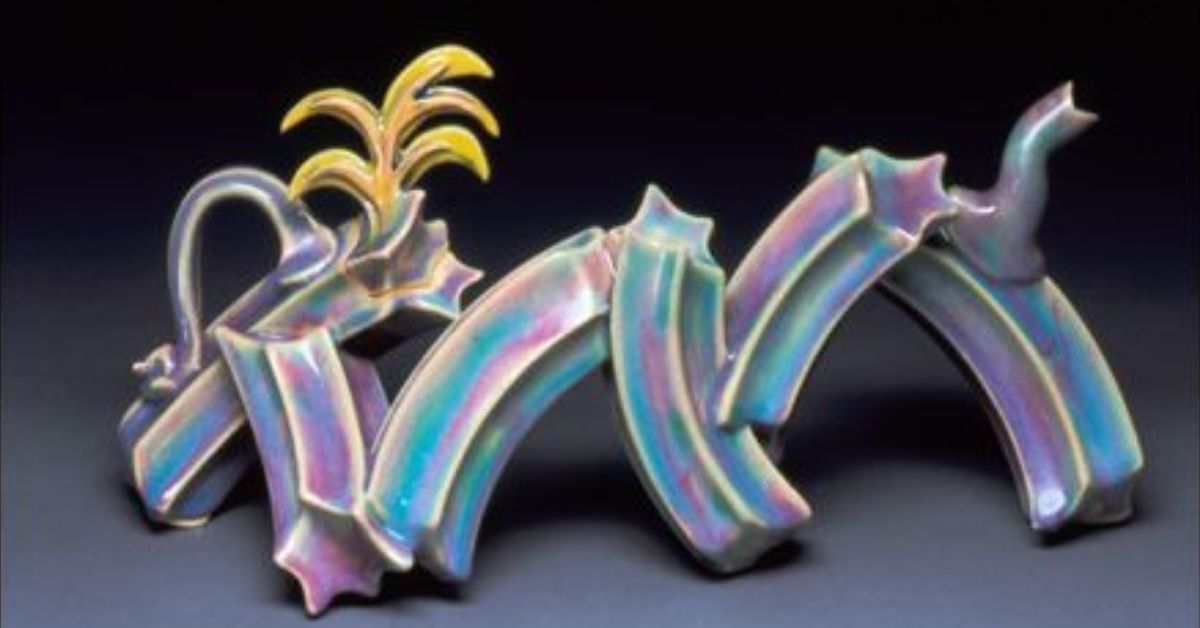
A slab pot is a much more angular or boxy piece. It can be a method of creating beautifully unique ceramic pieces.
You start by creating the “walls” of a pot. Then, slip and score the clay where the walls will come together.
- Scoring is notching marks along the sides of the material that will be pressed together.
- The “slip” part functions as glue. It’s made from a slurry, or distilled clay, and is brushed on the surface of the joint to bind two pieces together.
It does help to have a slab roller and a scoring tool when handbuilding slab pots. Though, you can use a kitchen rolling pin and a paper clip in a bind.
Kristen has tried her fair share of handbuilding ceramics. Here’s what she has to say about her favorite piece.
Conclusion
The three primary handbuilding techniques are (1) pinch pots, (2) slab pots, and (3) coil pots. If you have any questions, simply email us at hello@wheelandclay.com. We’d be happy to help.

